Problem
So I'm creating a simple navigation menu which contains a div of a tags. Currently it looks like this:

The follow are my HTML and CSS:
HTML
<div id="tabcontent-container">
<div class="tabcontent-menu">
<a href="#">WLAN Jumpstart</a>
<a href="#">Mobility</a>
<a href="#">Guest Access Jumpstart</a>
</div>
</div>
The CSS
#tabcontent-container { padding: 15px 0px; position: relative; text-align: center; border-radius: 25px; -webkit-border-radius: 25px; }
.tabcontent-menu {}
.tabcontent-menu a { text-decoration: none; color: white; font-size: 30px; border-right: 1px solid white; line-height: 33px; padding: 0 22px; display: inline-block; width: 200px; height: 70px; vertical-align: top; }
.tabcontent-menu a:last-child { border:none; }
.tabcontent-menu a:hover { color:#000; }
Working example on Jsfiddle.net
The Question
I'm wondering if there is an easier way to align the middle "Mobility" a tag to the middle. The other two links look fine because they are double line. I purposely made them double line for a reason, and now just need the middle one to middle align some how.
Any suggestions?